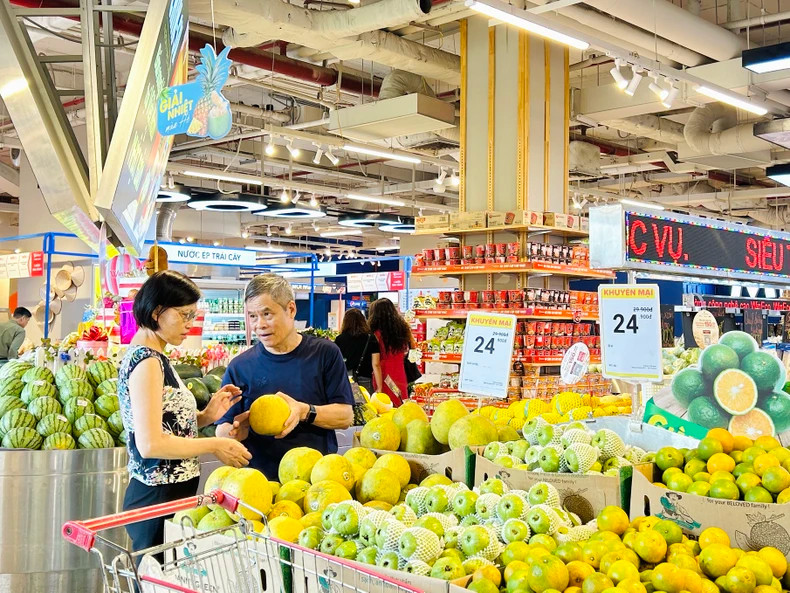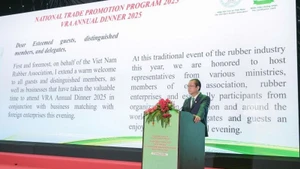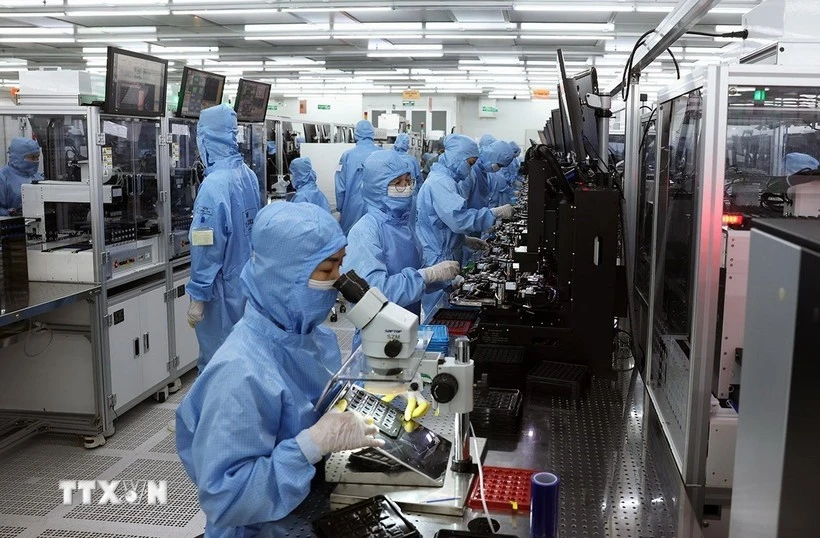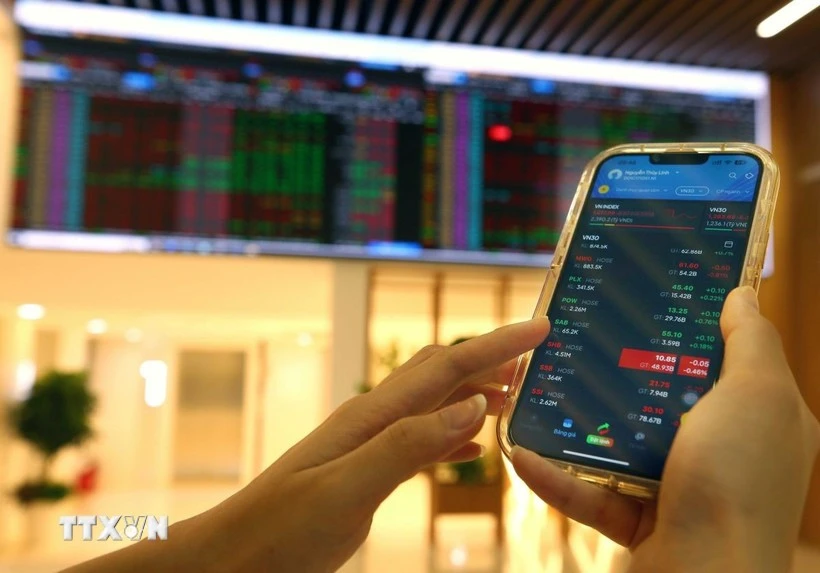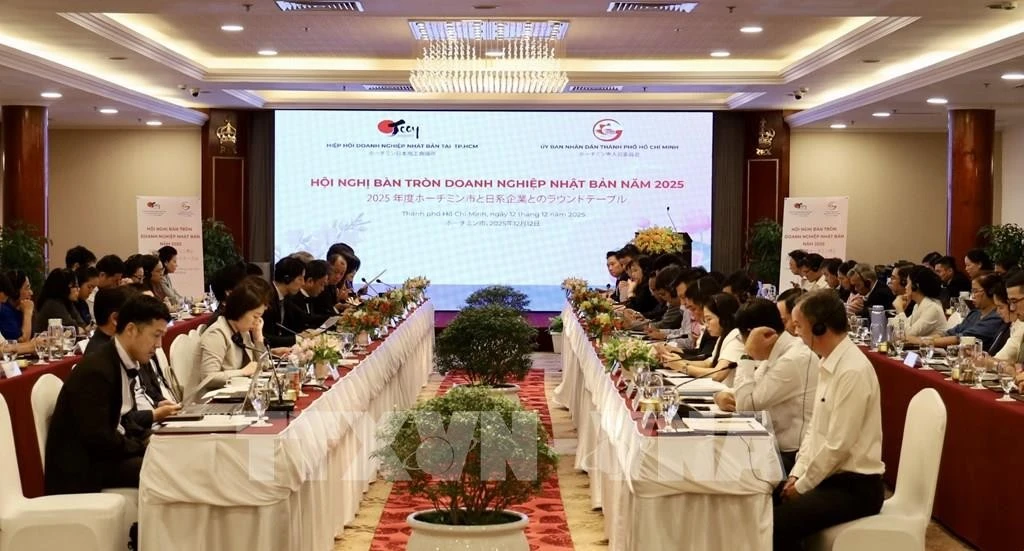Retailers expand distribution channels
In mid-January, AEON Vietnam inaugurated AEON Xuan Thuy in Cau Giay District, continuing its strategy of diversifying retail models. Instead of focusing solely on large shopping centres and hypermarkets as in its initial phase in Vietnam, AEON is now prioritising the development of various retail formats near residential areas to provide greater convenience to customers.
Furusawa Yasuyuki, a member of AEON’s Executive Board overseeing the Vietnam market and General Director of AEON Vietnam, shared that the company plans to launch diverse shopping locations in various models and sizes. Whether part of AEON’s shopping centres or other partners’ malls, these outlets will meet customers’ needs for food, household items, mother-and-baby products, and fashion.
Alongside traditional retail, multi-channel retailing is growing strongly in Vietnam. In October, Sapo, an omnichannel management and sales platform, officially introduced its Sapo OmniAI platform. Utilising Headless Commerce technology and artificial intelligence (AI), Sapo OmniAI is a groundbreaking solution that allows businesses to manage all sales channels from a single platform while keeping up with new market trends and providing seamless omnichannel shopping experiences.
These highlights are part of a vibrant picture of Vietnam’s retail market, particularly in the latter half of the year. According to the General Statistics Office, Vietnam’s retail sector contributed significantly to the country’s socio-economic development in 2024. Retail goods revenue is estimated at over 4.92 trillion VND, accounting for 77% of total retail revenue and increasing by 8.3% compared to the previous year.
A key bright spot in the 2024 retail market was the robust growth of e-commerce, which accounted for an average of 20% of total retail revenue.
Lai Viet Anh, Deputy Director of the E-commerce and Digital Economy Department (Ministry of Industry and Trade), noted that e-commerce in Vietnam has taken the lead in the digital economy.
Despite global and regional economic challenges, Vietnam’s e-commerce sector has maintained impressive growth rates of 18–25% annually. In 2023, the sector grew by 25%, with B2C revenue reaching 20.5 billion USD. In 2024, the growth rate stood at 20%, with B2C revenue surpassing 20.5 billion USD. Based on these promising results, the retail market is projected to exceed 25 billion USD in scale in 2024.
Additionally, retail businesses have outlined priority strategies to reposition their operations. A Vietnam Report survey revealed that 79.2% of companies embraced multi-channel sales.
Retailers have also diversified their product offerings and improved input quality control, which increased by 22.6% compared to 2023. They have strengthened ties with supply chain members, manufacturers, and logistics providers to ensure sustainability and stability.
Commercial infrastructure, especially in rural market segments, has received increased attention to allow people to shop more conveniently while ensuring food safety and promoting civilised trade practices.
Nguyen Anh Duc, Chairman of the Vietnam Retailers Association, noted a shift in the balance between modern and traditional retail in 2024. For the first time since the COVID-19 pandemic, the share of traditional retail has significantly declined, reflecting a broader trend. Before the pandemic, modern retail accounted for 24% of the market share, which dropped to 18–19% during the pandemic. By 2025, it is expected to rise to 25%. In major cities like Hanoi and Ho Chi Minh City, modern retail is forecast to reach 28–30%, higher than in other provinces.
Foreign retailers dominate about two-thirds of Vietnam’s modern retail market, boosting market development and aligning it with global standards due to their strong financial resources. However, this also puts significant pressure on domestic businesses.
Expectations for the retail market in 2025
The retail market in 2025 is forecast to be more dynamic as Vietnam’s economy is expected to grow stronger after a year of restrained consumer spending due to economic difficulties.
To enhance competitiveness and fully capitalise on opportunities in the 200 billion USD market, experts suggest that businesses focus on digital transformation and modern retail models. Investments in digital technology for multi-channel retailing, improving consumer experiences, and optimising supply chain management are critical.
Strengthening competitiveness and fostering collaboration, especially between domestic and foreign retailers, will also be essential for sharing technology and expertise while building a sustainable and modern retail ecosystem.
From the business perspective, Doan Thi Huong Thanh, Legal Director at Wincommerce, proposed that ministries, industries, and localities invest in developing national logistics networks, warehouses, transport systems, and modern logistics centres to reduce transportation costs, lower prices, and enhance competitiveness for retailers.
Tran Thi Phuong Lan, Vice President of the Vietnam Retailers Association, emphasised that new e-commerce trends and changing consumer behaviour in 2025 will reshape the market, creating business opportunities and challenges.
Thus, to effectively meet demand, retailers must intensify technological innovation, digital transformation, and multi-channel sales while staying attuned to consumer trends. Collaborating directly with manufacturers is essential to select products, reduce costs, and compete fairly. Furthermore, solutions must be developed to address the influx of low-cost imported goods dominating the market.
In 2025, the Ministry of Industry and Trade aims to achieve a 10% increase in total retail goods and consumer service revenue compared to 2024. Stimulus measures to boost consumer demand will be implemented in coordination with businesses, unlocking significant potential for the retail market.
